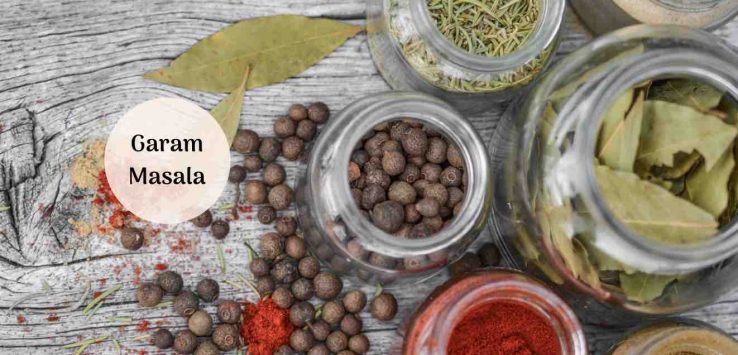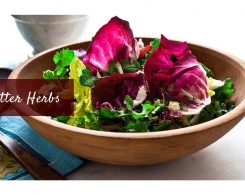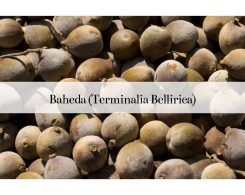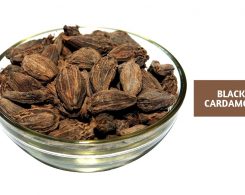According to Ayurveda, garam means ‘heating’ and masala means ‘spices’. So spices that are believed to elevate the body temperature are called garam masala. In regular kitchen terms, it is a fine blend of various spices which are lightly roasted to a fragrant aroma and then pounded or ground finely. A favourite in most Indian kitchens, it has also found its way to other cuisines across the globe. All spices used in the blend have high value in Ayurveda, since each of them has its own set of medicinal properties. Discover the various garam masala uses as well as recipes.
Garam Masala Uses
- According to Ayurvedic texts, the need to provide the right balance of warmth and heat has made this spice mix a very necessary ingredient. It’s excellent to warm yourself up on cold days.
- Since it heats up the body, there are good garam masala uses for Vata and Kapha aggravation.
- In terms of flavour, it satisfies all our taste buds for that perfectly balanced dish. Satisfying our taste buds (with healthy ingredients!) boosts health by supporting a strong digestive fire and increases the absorption of nutrients.
- This spice blend also soothes the symptoms of digestive ailments like heartburn and constipation.
- It also helps in strengthening immunity.
- It is also known to lowers blood sugar levels.
- A spicy soup made with this masala can remove excess phlegm and soothe common cold symptoms.
So now that you know what is garam masala, the garam masala uses, it’s benefits…you can enjoy a variety of tasty dishes with your very own freshly prepared homemade garam masala powder.
Homemade Garam Masala Powder
Garam Masala Ingredients
Although it has a very specific traditional blend of ingredients, people prepared it differently to suit their preferences…probably an addition or deletion of a certain spice. But the most commonly used ingredients in a traditional garam masala powder are:
- Cloves
- Cardamom seeds
- Coriander seeds
- Cinnamon
- Black peppercorns
- Cumin
- Fennel
- Bay leaves
The powder can be ground and stored, either finely or coarsely as per your need for a while.
Popular Variations
- Some people grind the garam masala powder with water, vinegar, coconut milk, some use it for marination while others roast or fry the dry garam masala with other basic ingredients.
- A Punjabi garam masala has stone flower (dagadphool), pinch of saffron and big cardamom pods added.
- A south Indian version has dried red chillies ground with tamarind for the tangy taste along with fennel (saunf) and shahjeera seeds.
- The Gujarati version has sesame seeds (til), fennel seeds (saunf), carom seeds (ajwain) and chillies.
- The Kashmiris use black cumin seeds, fennel, dried ginger, mace, and add a little grated nutmeg.
Adding flavour and fragrance to a dish, this masala powder can be used mixed with other common ingredients or can just stand on its own! It can used either as a base or a finishing spice for gravies, curries, soups, stews, lentils and sabzis. It can be used to spice up salads or snacks. Just a sprinkle with maybe a dash of lime.
Now, go ahead and try it yourself!
Note: Articles on Ayurvedum are solely for the purpose of sharing the goodness of Ayurveda and bringing awareness on natural and healthy living. Please do not substitute it for professional medical advice. Ingredients discussed can interfere with certain medications. So, before using anything to treat yourself, always consult an Ayurveda doctor or practitioner.






Leave a Reply